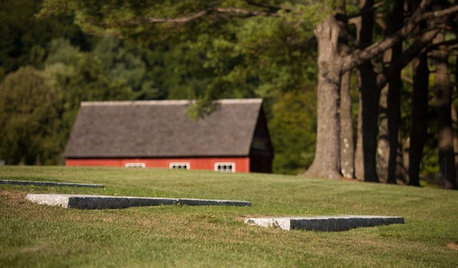ceanothus problems--did everything wrong?
noodlesportland
14 years ago
Featured Answer
Comments (18)
noodlesportland
14 years agoRelated Professionals
Piqua Landscape Architects & Landscape Designers · Quincy Landscape Architects & Landscape Designers · Apollo Beach Landscape Contractors · Berkeley Heights Landscape Contractors · Bound Brook Landscape Contractors · Fuquay-Varina Landscape Contractors · North Plainfield Landscape Contractors · Soddy Daisy Landscape Contractors · Vashon Landscape Contractors · Weymouth Landscape Contractors · Brushy Creek Fence Contractors · Coral Gables Fence Contractors · Eastvale Fence Contractors · Folsom Fence Contractors · Leesburg Fence Contractorsnoodlesportland
14 years agoEmbothrium
14 years agoreg_pnw7
14 years agomarkw
14 years agobahia
14 years agoEmbothrium
14 years agopetevw
14 years agoEmbothrium
14 years agonoodlesportland
14 years agoErik Schubert
8 years agoEliza Hall
8 years agoErik Schubert
8 years agoErik Schubert
8 years agoHope Merkle
3 years agoElaine Rhodes
2 years agofloral_uk z.8/9 SW UK
2 years ago
Related Stories

LIFEYou Said It: ‘The Wrong Sink Can Make You Hate Your Kitchen’
Design advice, inspiration and observations that struck a chord this week
Full Story
REMODELING GUIDESWhy Marble Might Be Wrong for Your Bathroom
You love its beauty and instant high-quality appeal, but bathroom marble has its drawbacks. Here's what to know before you buy
Full Story
BUDGETING YOUR PROJECTHouzz Call: What Did Your Kitchen Renovation Teach You About Budgeting?
Cost is often the biggest shocker in a home renovation project. Share your wisdom to help your fellow Houzzers
Full Story
DISASTER PREP & RECOVERYRemodeling After Water Damage: Tips From a Homeowner Who Did It
Learn the crucial steps and coping mechanisms that can help when flooding strikes your home
Full Story
HOUSEKEEPING10 Problems Your House May Be Trying to Show You
Ignore some of these signs and you may end up with major issues. We tell you which are normal and which are cause for concern
Full Story
REMODELING GUIDESThe Hidden Problems in Old Houses
Before snatching up an old home, get to know what you’re in for by understanding the potential horrors that lurk below the surface
Full Story
LANDSCAPE DESIGNProblem Solving With the Pros: How to Build a Garden in an Urban Canyon
Skyscrapers, noise and deep shade create an unlikely sweet spot for a timeless green retreat in New York City
Full Story
LANDSCAPE DESIGNProblem Solving With the Pros: Rustic Simplicity in a Country Garden
Editing thoughtfully and adding some magic result in a timeless weekend retreat
Full Story
ENTERTAININGA Place for Everything: Beautiful Ways to Style Your Table
Polish your silver and pull out your china as we look at how tables were laid out traditionally and how they shine now
Full Story









Embothrium